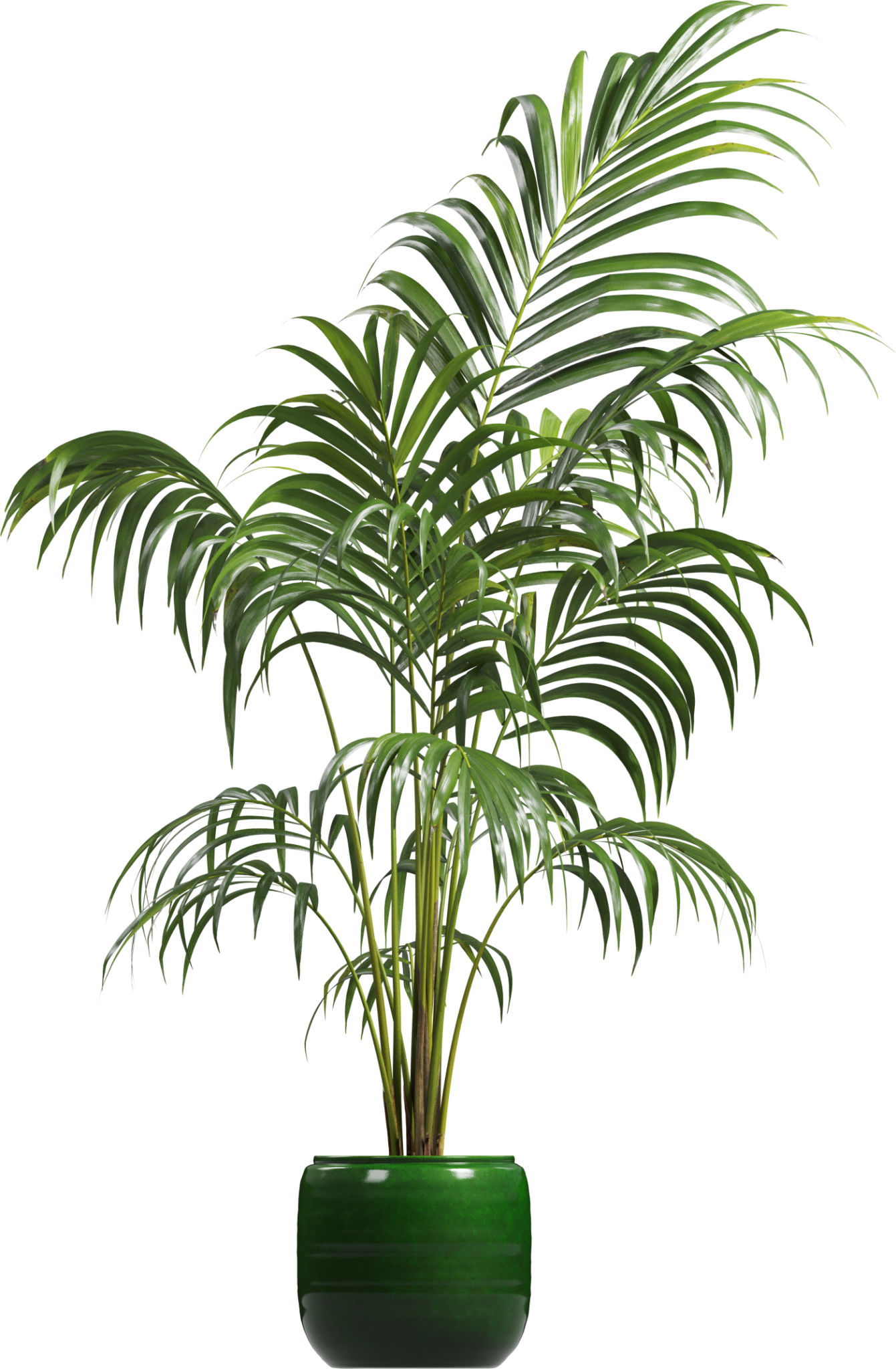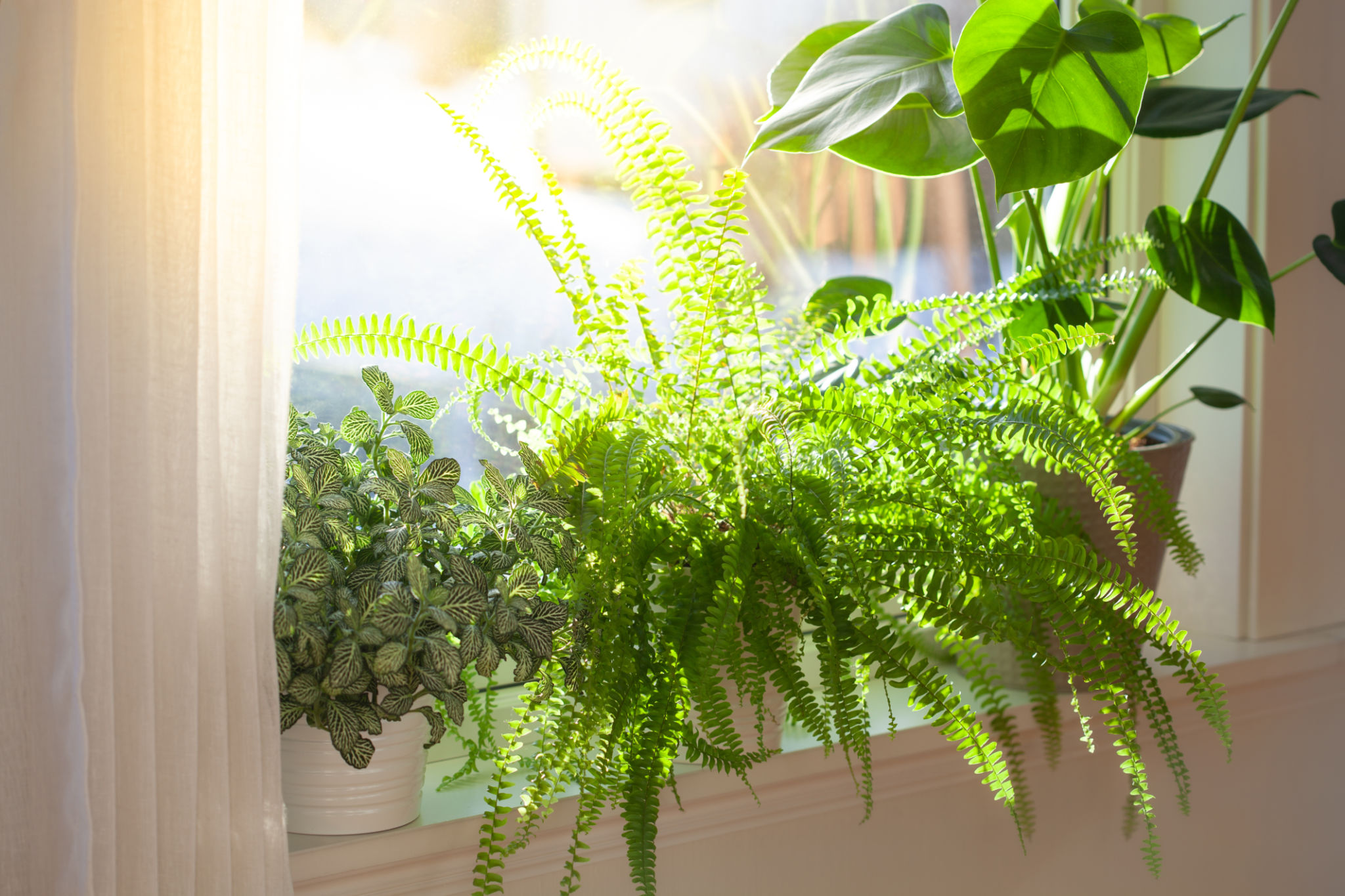Choosing the Right Air Purifying Plant: A Comparison Guide
Understanding Air Purifying Plants
In a world where indoor air quality is becoming increasingly crucial, air purifying plants offer a natural solution to reduce toxins and improve the ambiance of your home. These plants not only enhance the aesthetic appeal of your space but also work diligently to remove harmful pollutants from the air.
Choosing the right plant can be overwhelming with numerous options available. It’s essential to consider factors such as maintenance, light requirements, and the specific pollutants you wish to target. Let’s explore some of the best air purifying plants and how to select the ideal one for your needs.

Top Air Purifying Plants
Snake Plant
The Snake Plant, also known as Sansevieria, is a popular choice due to its low maintenance and robust air-cleaning abilities. This plant is excellent at removing toxins like formaldehyde and benzene, making it perfect for bedrooms and living areas. Its ability to thrive in low light conditions adds to its appeal for indoor spaces.
Peace Lily
The Peace Lily is renowned for its elegant white flowers and its effectiveness in reducing ammonia, formaldehyde, and other toxins. It requires moderate watering and prefers bright, indirect light. The Peace Lily’s beauty and air-purifying properties make it a favorite among plant enthusiasts.
Considerations for Choosing Plants
Light Requirements
Understanding the light conditions in your home is vital when selecting air purifying plants. Some plants thrive in low light, while others need bright, indirect sunlight to flourish. For example, the Spider Plant can adapt to various light conditions, whereas the Boston Fern prefers higher humidity and indirect light.

Maintenance Level
If you’re new to plant care or have a busy lifestyle, opting for low-maintenance plants like the Snake Plant or Aloe Vera might be ideal. These plants are resilient and can survive with minimal attention. On the other hand, if you enjoy more hands-on care, consider plants like the Fiddle Leaf Fig, which requires regular watering and specific light conditions.
Targeting Specific Pollutants
Certain plants are more effective at removing specific toxins. For instance:
- Bamboo Palm: Great for filtering benzene and trichloroethylene.
- English Ivy: Known for reducing airborne mold.
- Aloe Vera: Excellent for clearing formaldehyde.
Selecting a plant based on the pollutants prevalent in your environment can enhance the air quality significantly.
Caring for Your Air Purifying Plants
Once you’ve chosen your plants, ensuring proper care will help them thrive and continue purifying your space. Regular watering, appropriate sunlight exposure, and occasional fertilizing are essential for maintaining healthy growth. Be mindful of overwatering or exposing your plants to extreme temperatures.

In conclusion, selecting the right air purifying plant depends on your specific needs and living conditions. By considering factors such as light requirements, maintenance levels, and targeted pollutants, you can create a healthier indoor environment with these natural air purifiers. Happy planting!